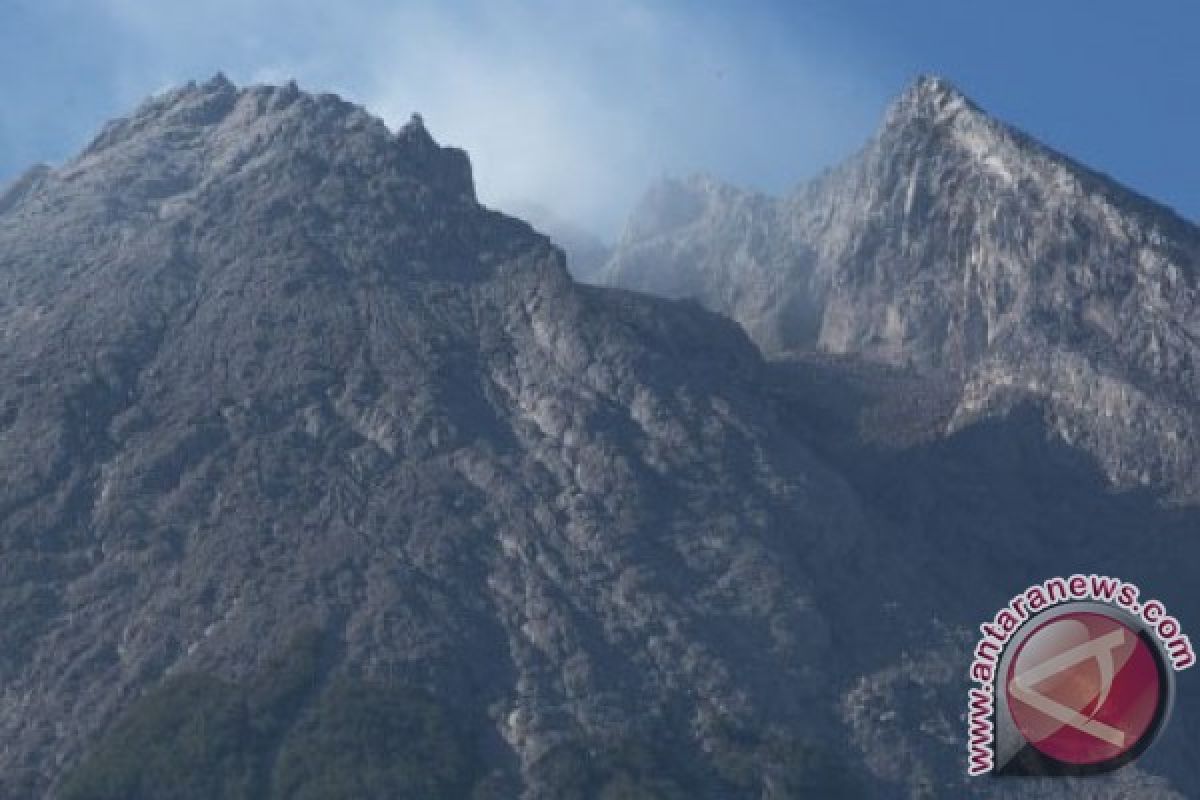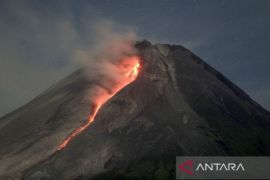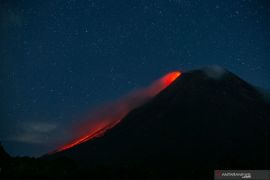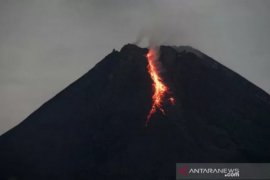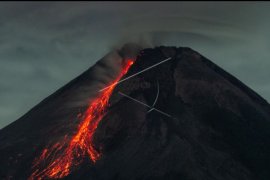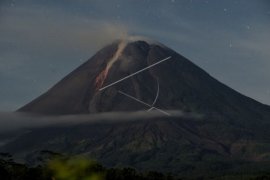Gases inside Mount Merapi will always find a way to come out."Yogyakarta (ANTARA News) - The Geologic Disaster Investigation and Technology Development Agency (BPPTKG) will install a device at the peak of Mount Merapi to monitor the volcanos level of Carbon dioxide (CO2).
Head of BPPTKG Subandriyo stated, here on Friday, that the Agency was still working the arrangement of the CO2 level sensor that was expected to be completely installed over the volcano, located at the border of Yogyakarta and Central Java, immediately in this year to allow real-time monitoring of the gases.
The BPPTKG had had a gas monitoring device, given by the French Government, installed at the Mount Merapi, but it was broken due to the volcanos phreatic explosion (steam-blast eruption) on November 18, last year.
After installing the CO2 monitoring device, the BPPTKG will also take gas sample every month from Mount Merapi.
According to Subandriyo, the steam-blast eruption, which has now been frequently occurring after the 2010s eruption, had become a challenge for the agency to monitor and get more valid data of the development of the active volcano.
The device, he explained, was also expected to help to identify the early symptoms of the phreatic explosion, which was difficult to recognize.
"There must be a symptom for every occurrence, including the blast of Mount Merapi. It is now our task to identify the warning sign," Subandriyo remarked.
The level of CO2 from Mount Merapi had been increasing significant after the 2010 eruption. The abundant amount of the carbon dioxide had been causing several blasts, which carried volcanic materials such as ashes and sand, Subandriyo pointed.
"Gases inside Mount Merapi will always find a way to come out. This is what causes the blast. If the crater is clogged, the blast will also spout volcanic material," he elaborated.
Previously on Thursday (March 27), Mount Merapi spouted ashes and sands toward its south and east area at around 1 a.m. local time, after creating rumbling sounds and spouting thick smoke.
However, the volcanos status remains at active normal level.
(Reporting by Eka Arifa Rusqiyati/Uu.INE/KR-BSR/F001)
Editor: Priyambodo RH
Copyright © ANTARA 2014
